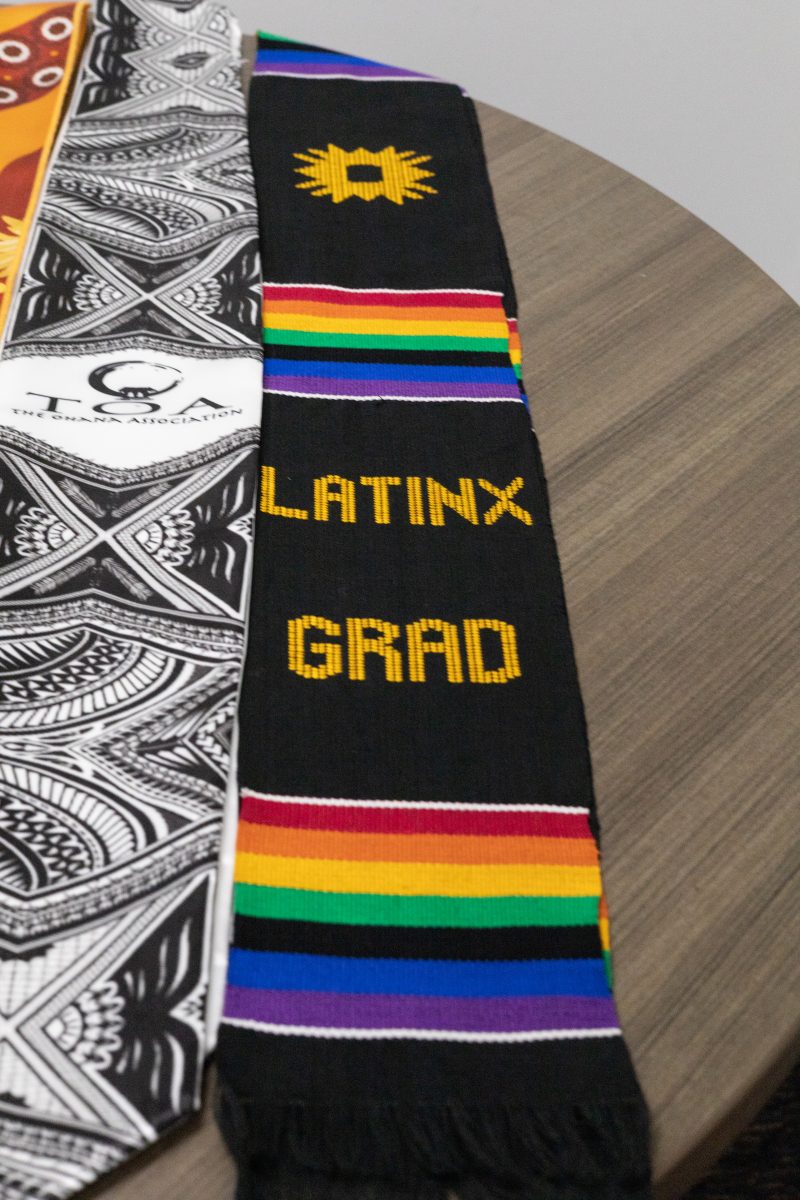In advertising, there used to be a term called WOM campaigning, which was basically the fancy staple word for good word-of-mouth publicity. The goal was to prove that whatever thing/person/service you were trying to expose to a mass amount of people was so amazing/crazy that people would tell their friends, and their friends would tell their acquaintances, and those acquaintances would chat about it at the water cooler the next day. Eventually, every domestic kitchen-dweller in the country would be piping enough rumors about this amazing/crazy thing that soon the general public would have no choice but to check it out for themselves.
Now, I’m not saying word-of-mouth is nonexistent now. However, the definition of this campaigning style has been stylistically changed, and I think the acronym should be promptly changed from WOM to WOS, “word of social media.” Or possibly even WOIFT (word of Instagram/Facebook/Twitter), since let’s face it — what else are people using to spread news like wildfire? Myspace? Yeah . . . no.
Perish the thought of addressing one person at a time face to face. Anything of worth that you have to say and that other people should be notified about must obviously be broadcast to the 600-plus individuals who label themselves as your “friends” on an online interaction site. Never mind that you might not even consider talking to these same people in real life if you were caught in an elevator with them.
Instead of being famously depicted as a place to find out “who’s single and who’s not,” Facebook is now the biggest marketing hotspot for people to track you down personally in order to sell you stuff. The “like” button now seems to only exist to be a personalized ad-finder, particularly with music and other media that people intake like addictions. Perhaps you click the “like” button for a pop icon, like, oh, say . . . Adele. Expect within the next 24 hours (or minutes) to have the sides of your Facebook page swamped with ads screaming, “Hey! Hey! You like Adele, right? Well, we have this new artist from a generalized genre with only a shred of similarities between them, but we think you’ll really like them, since you ‘like’ Adele.” All right, so maybe the message doesn’t run that long, but you get the idea. It’s the translation of the message. Besides Facebook’s own Facebook page (isn’t THAT an ironic loophole in the time-space continuum?), the most liked and heavily trafficked pages on the network site are pages for music icons and the majority of the pages involving “fan interaction,” which includes continuous promotions for upcoming concerts, albums, iTunes singles or the overbearing amount of overpriced celebrity merchandise they most clearly are trying to get you to buy.
I’ve made a personal stand before that I know very well how necessary advertisements to ensure that society’s social media fix remains free (unpoliced). However, advertising seems to have filtered its way into every aspect of these sites, from the banners to the mini-games, and it can sometimes become just a little overbearing.
In almost every major music video shared on YouTube, there is some kind of obscure product placement woven in between the shots or centered around them entirely. What is the definition of “photograph” in today’s world, when most of the pictures anyone is going to see were taken by a cell phone in your bathroom and uploaded to your Instagram? Some companies that haunt the Instagram site actually reward their consumers who indulge in mindless pictorial promotions of their products, and encourage the masses to do so by offering a chance of winning free products. And everything a well-known performer or company says on Twitter automatically turns into their potential slogan for their next 15 minutes of fame, which is obsessively read by millions of followers.
Followers . . . companies and celebrities have made having publicly announced and unified cult followings a popularly accepted phenomenon. How can people claim to have an account anymore based solely on staying connected with people? Perhaps at the end of the day, though, we’re all selling somebody something on social media. Whether it’s a legitimate product, or simply the assurance that masses accept us within a certain image with all the duck-faced poses to prove it, we’re all sitting up and begging for the same thing: one simple “like.”




















